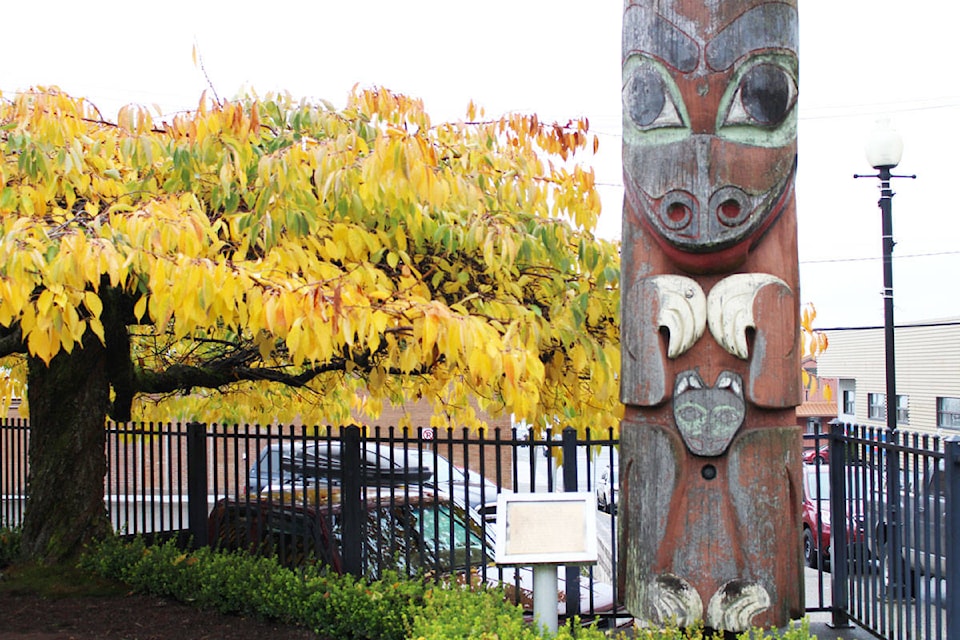More than half of Prince Rupert’s population is First Nations, Louisa Sanchez said as she presented the effects of Truth and Reconciliation Commission to the city during the Oct. 30 council meeting.
The Truth and Reconciliation Commission (TRC) is part of the larger Indian Residential School Settlement Agreement that officially began in 2008, and the commission’s report was completed in 2015. Of the 94 recommendations, the North Coast Immigrant and Multicultural Services Society (NCIMSS) and the Community Response Network (CRN) chose the ones they believe are most pertinent to Prince Rupert.
The totem poles standing outside of City Hall, where the presentation was heard, are Haida poles — not Tsimshian.
“It’s stupid,” Peggy Davenport, one of the presenters, said.
The presentation by NCIMSS also advocated for a National Aboriginal Day as a statutory holiday on June 21.
Mayor Lee Brain thanked them for their work, which will be brought up at a future council meeting.
Councillor Joy Thorkelson asked if NCIMSS and CRN had a list of specific recommendations for council aside from the totem poles, as the National Aboriginal Day is not a proposal to council — but there were none.
“It’s just for us to be aware,” Peggy Davenport said responding to Thorkelson. “We need to encourage that type of thinking… what do we do with Haida totem poles?
“As far as Northern Health goes, we cannot make any decisions for Northern Health. All we can do is advocate for the people in Prince Rupert.”
